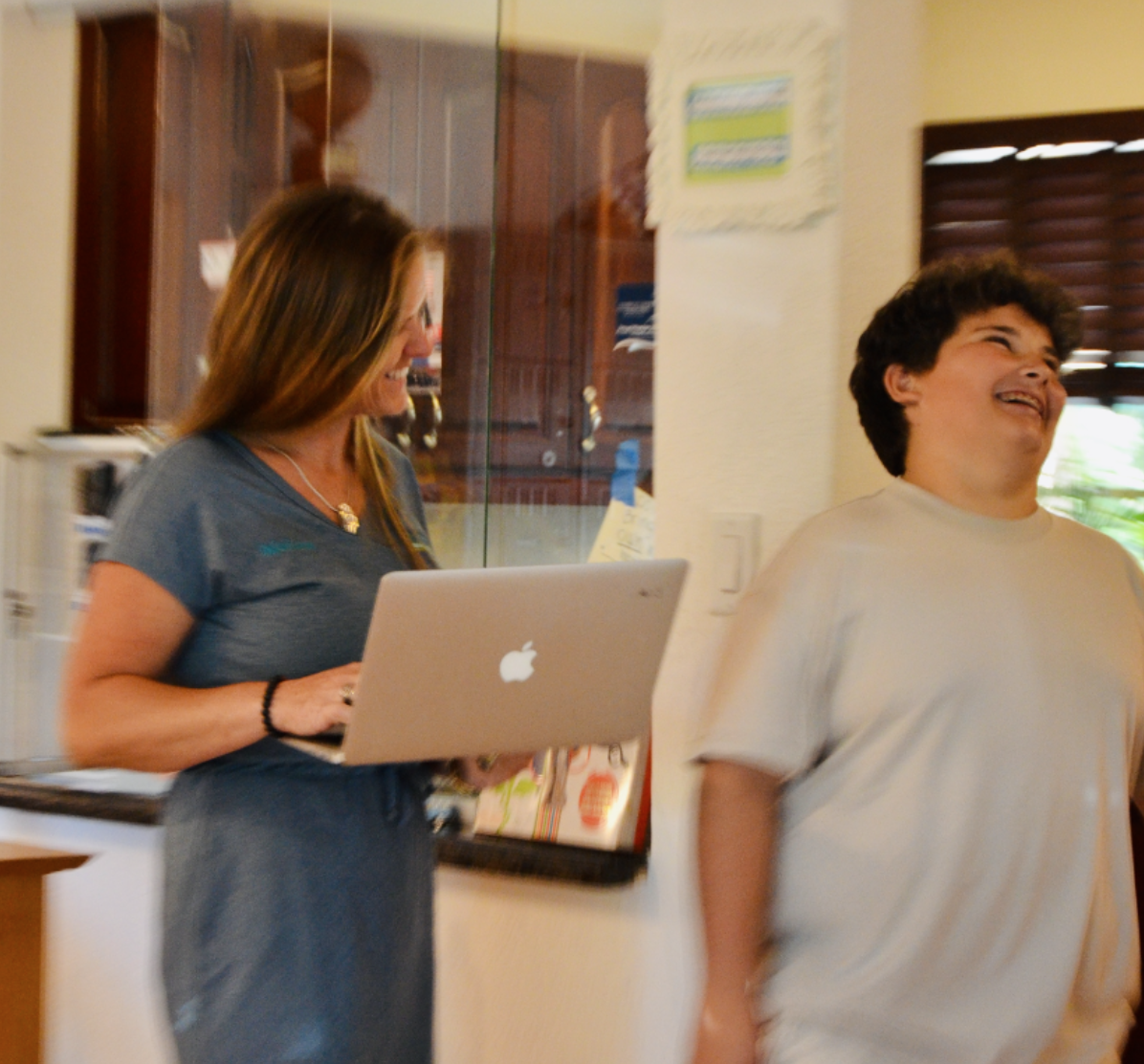College Timeline

online school
Freshman Year
-
Talk to your guidance counselor early and make a plan for your high school academics.
-
Check out extracurricular activities at school and in your community.
-
Search for leadership opportunities and summer internships.
-
Volunteer with local groups and events at your school and in your community.
-
Talk to your parents about your college plans and what they are able to help you with. Will you need to save up, take out loans, and find grants/scholarships or do your parents have a plan in place to help with the costs? Having a plan now will take the pressure off later on.
Sophomore Year
-
Take the PSAT for the first time if it's available. This will give you a good idea of your academic strengths and weaknesses, and you will have a starting place when you begin studying for the SAT/ACT.
-
If necessary, sign up for tutoring or test prep classes. The earlier you begin, the less stress you'll be under come test time!
-
Check-in with your guidance counselor to make sure you're still on track. Sign up for honors and advanced placement courses if you haven't already.
-
Continue volunteering and getting involved with school and community groups, teams, or activities.
-
Search for non-traditional scholarships. Certain opportunities are available to underclassmen and can be a fantastic way to explore interesting collegiate options and academic paths.
Junior Year
September - November
Begin keeping a closer eye on scholarship opportunities. Certain grants and large scholarships have deadlines during your junior year instead of your senior. Other early admission or internship/summer study options also must be applied for at this time.
Retake the PSAT if you need the additional practice. Otherwise, begin looking into signing up for the official SAT or ACT exam.
Begin doing more detailed research on college majors and career choices. Once you know which programs you are interested in, you can begin narrowing down your list of possible schools.
December - February
- If possible, make plans to visit colleges you're interested in. They will often offer tours and, if arranged with enough advance warning, may even be able to arrange meetings with faculty within your chosen major.
- Take the SAT or ACT for the first time.
- Narrow down your list of schools to ten to fifteen possibilities and continue to arrange visits whenever you are able.
- Continue searching for scholarship options and other academic opportunities.
March - May
- Retake the ACT/SAT if needed.
- There are SAT Subject Tests required by some college majors and programs, so be sure to gather all details for the various admissions processes. If required by your program, sign up for these tests and take them early just in case you need the time to retake them at a later date.
June - August
-
Visit more of your target colleges.
-
Finalize your list of schools and be sure you have all the necessary information including:
- Application deadlines
- Admission requirements
-
Tuition and fees
- Application process (Is an essay required? Do they conduct interviews?)
- Begin drafting your application essays.
- Identify teachers, supervisors, and other community leaders who might be able to write letters of recommendation for you. Asking early can be incredibly helpful as many teachers are overrun with requests during your senior year.
- Outline the specifics of your financial aid plan and continue applying for scholarships.
Senior Year
September - November
- Complete the FAFSA for federal student aid.
- Take the SAT or ACT again if you feel as though you can improve your score. Whether or not you are satisfied with your current score, log in to your College Board account and ensure your scores will be sent to all colleges you are applying to.
- Revise your college application essays. Be sure to ask for help from a tutor or teacher if you need feedback on your essays.
- Check-in on the teachers who agreed to write letters of recommendation and ask for letters from additional teachers, staff, and community leaders if needed.
- Gather and review your application materials.
- Double-check application deadlines. Early admission usually ends soon.
- Complete the application for Bright Futures (rolling acceptance opens in December).
December - February
- Retake SAT Subject Tests if necessary.
- Continue applying for scholarships and grants.
- Fill out the CSS Profile if required by your school. This is in addition to the FAFSA and is necessary for receiving certain types of financial aid from schools and government organizations.
- Research and consider work-study options if offered by your school.
- Nearly all colleges have deadlines before the beginning of March, so this is the time when you should be submitting nearly all of your applications.
March - May
- Acceptance/rejection notifications will begin to roll in. Keep track of the responses and begin looking over acceptance/orientation materials.
- Look over your financial aid awards and consider student loans if additional funding is necessary.
- Make a final decision and submit acceptance paperwork including a tuition deposit if required.
- Take AP Exams and submit scores to your chosen school.
